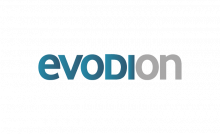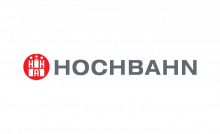Training at parson
E-learnings and training by parson
We train our customers as part of our projects and develop customized training courses for larger groups. We do not offer standardized training courses with fixed dates.
We develop custom training as part of consulting projects on the following topics:
- Smart content models and information architecture
- Metadata models
- Introduction into CCMS
- Introduction to agile methods and Scrum
- Topic-based writing
- DITA-XML
- iiRDS
- Knowledge modeling and technical communication

E-learning courses
The parson training platform offers standardized e-learning courses that cover subjects like DITA-XML and iiRDS. All of our training courses are practical and easy to understand.
Our customers
Your contacts
Team training








